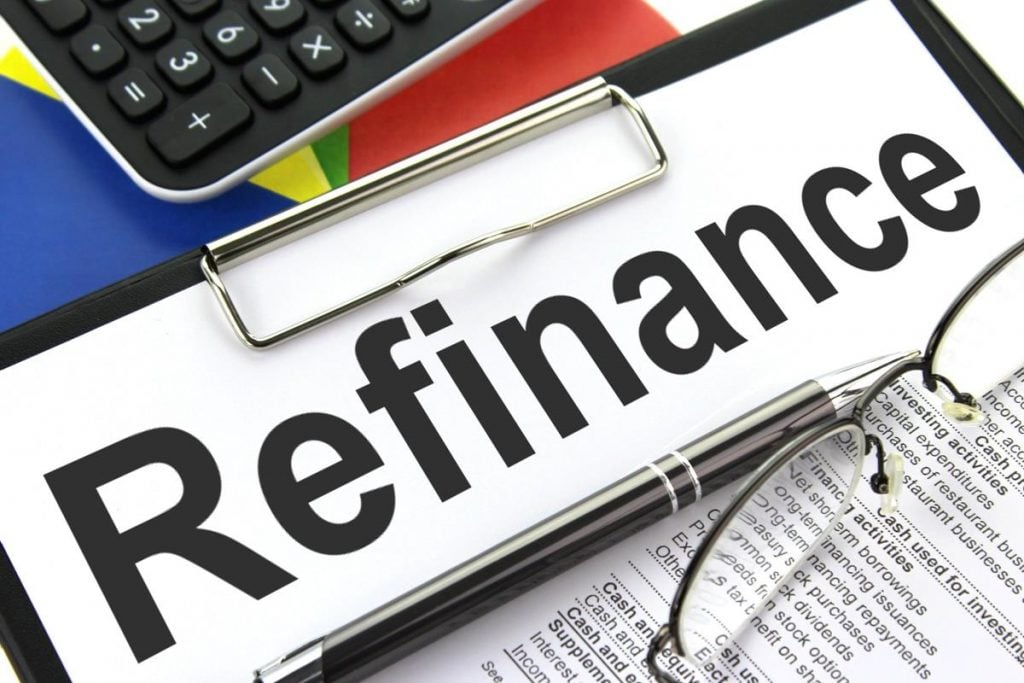If you’re going to refinance your mortgage, it can help to lessen the interest rate of your loan or monthly payment, access some of your home's equity, or adjust your loan program. The procedure of refinancing a mortgage is the same as the one you go through to acquire your mortgage loan in the first place.

Refinancing a mortgage is where you apply for a new home loan to replace your current one, where you have the option to withdraw a portion of your home's equity as cash in the process. In case you can refinance into a loan option with a lower interest rate than what you’re presently paying, you might be able to save money on your monthly payment and the overall cost of the loan. When refinancing a home in Seattle in any state, it’s essential to learn first the basic steps involved in the process.
Let's check out several steps to refinancing your mortgage, to get the most out of the benefits that the process offers:
When you have good credit, it brings you several perks. If your credit score has improved since you got your first mortgage loan, it may boost your chances of gaining a lower interest rate than what you’re presently paying.
Before starting the application process, check your FICO score to understand your current standing. Once you’ve determined your FICO score, check out the score range to see your status below:
The majority of mortgage lenders can approve your loan application if you have a score of 620 or higher, but scores in the mid-700s and higher will have the best chance of getting a low rate.
The mortgage interest rates fluctuate daily. With various updates, it’s vital to do your research on the latest rates and trends. Even if the interest rates are lower than what you have, it does not necessarily mean that you can save money. The reason is that, similar to the initial mortgage process, refinancing includes closing costs that can range from 2% to 6% of the loan amount.
You should find a target interest rate where you can gain interest savings equal to or higher than your closing costs.
Take time to look for an excellent lender to score a lower interest rate on your new mortgage loan. Every lender has their criteria for determining the interest rates, and you might qualify for a lower rate with one lender than you would with another.
The closing costs and fees also fluctuate from one lender to another. It’s best to compare several options to make the most out of your savings. Obtain at least three or four quotes to have a good idea of what you can gain. The process can help you to achieve the upper hand in negotiations if you’re seeking to lessen the costs of interest and fees.
As a big financial commitment, it’s crucial to take time to carefully read the terms of your new contract before signing a mortgage loan. Besides understanding the fees, you should also determine whether you’ll get a prepayment fine if you pay off too early. Take note that this can happen if you refinance again or if you sell the house.
Do not forget to read all the contract clauses, so that you fully understand the contract's scope with the new lender.
As your mortgage refinancing continues, it’s vital to avoid applying for new credit cards or loans. Since the mortgage lender will assess your credit at the time of application and prior to closing, you should steer clear of opening credit accounts during this period.
If you plan to apply for a new credit card or auto loan, it might be best to stand by until you’ve closed on your refinance loan.
Conclusion
Refinancing a mortgage might seem like a simple process, but it involves several moving elements, including the costs and the potential for savings.
The best move you will make is to avoid rushing the process. Take your time to look around for options, and decide whether your choice is suitable for your needs. Once your credit has improved but still has room for more improvement, you’ll get the chance to refinance in the future again. Now that you’ve gotten a closer look at the steps involved in refinancing a mortgage, it can serve as a guide, so that you’ll make the right decisions along the way and you won’t be stuck for answers.